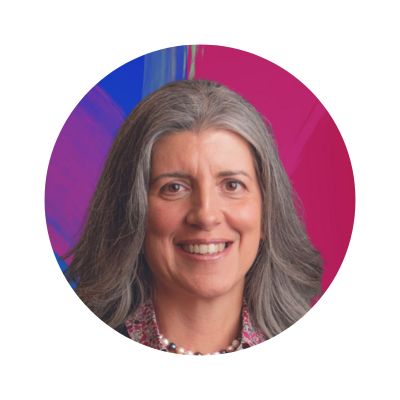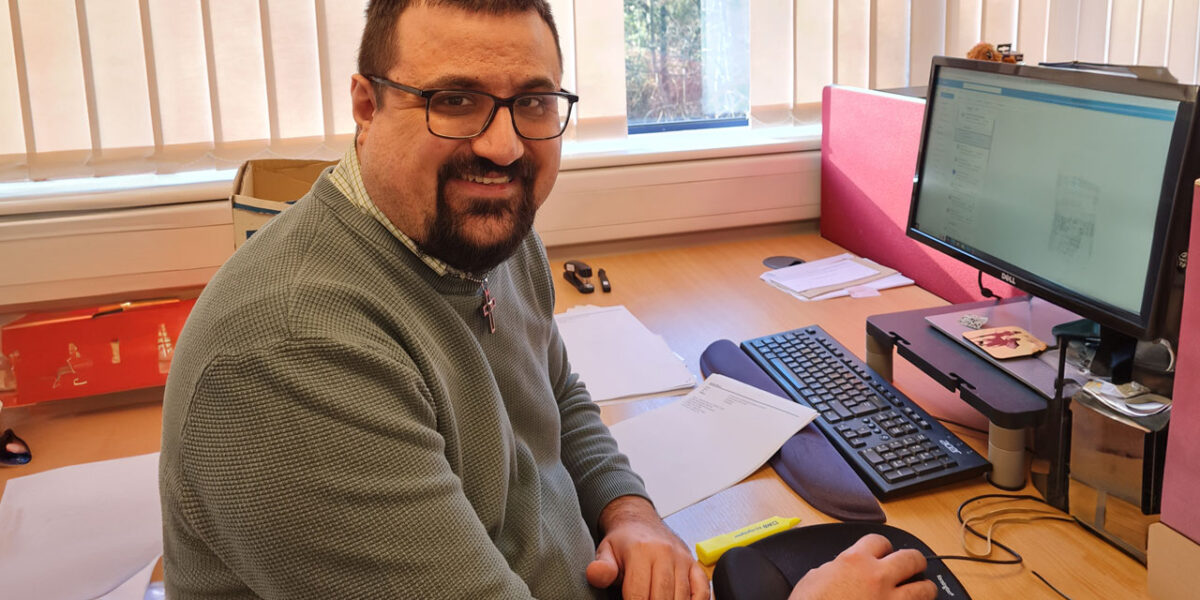From Academia to EdTech: The Path to an Equitable Education in the Digital Age

Marni Baker Stein recently made the transition from academia to edtech. In this article, she shares her reasons for making the move, tips to improve student access, as well as insights on how to build a more equitable world for the digital economy. It’s an interesting read for anyone interested in the intersection of education and technology.
The Journey from Academia to EdTech
As someone who was deeply involved in institution building in the past, I know firsthand how rewarding it can be to help universities close critical gaps in educational access. After college, I worked on numerous United States Information Agency initiatives, developing educational programmes in Turkey, Latvia and Japan, driven by the needs of the communities and individuals they served.
It was upon my return to the US that I continued my mission to expand educational access, leading a selection of online and hybrid initiatives. Most recently as Chief Academic Officer of Western Governors University, I returned to my roots, developing global infrastructure programmes with the Open Skills Network. Working with leading international institutions, our mission was to solve a common problem: how to create a more equitable labour market by ensuring open access to the infrastructure needed for skills-based hiring.
Through this experience, coupled with my rich background in striving for educational equality, I realised it was the right time for me to explore the next natural step in my career: collaborating at scale to close the skills gap and create a more equitable future. The choice was a natural one: Coursera.There is no better team to join right now to impact social and economic mobility on a global scale than Coursera.
Evolving Equitable Education for the New Economy
At the forefront of the online learning revolution, Coursera’s fastest growth rates are in emerging markets, where access to education has been traditionally limited. The digital economy, which includes automation and Artificial Intelligence (AI), is now the economy, and it’s rapidly changing the global job market.
The Mckinsey Global Institute recently estimated that in its fastest automation adoption scenario, as many as 375 million workers worldwide (14% of the global workforce), will need to switch to new occupations by 2030 to avoid obsolescence. As a result, the retraining and reskilling of millions of workers of scale is required, as we adapt our systems to ensure the workforce is complemented by new technologies and not hindered.
One particular success story that really resonated with me was that of a data analyst in Nigeria called Confidence who struggled to find work during the pandemic. After completing a genomic data science specialisation from Johns Hopkins University and a professional certification in Google data analytics on Coursera, she was able to secure a job after two years of unemployment.
This story really brought home to me the importance of online learning for equitable access to opportunity. Although the journey to build a more equitable world is a global cause, the impact happens one person at a time. The opportunities that can be unlocked by online learning are endless, and I’m excited to be a part of the journey to foster a more equitable world.
Improving Student Access with Online Learning
Yet, while new technologies continue to redefine the global labour market, it’s crucial we ensure that nobody is left behind. Greater access to education will support in bridging the widening disparities in educational attainment and employment opportunities.
However, the key to this puzzle involves a unique combination of better access, engagement, and attainment:
- Build flexible, affordable online programs that remove barriers to access: this can involve offering educational programmes that can be accessed from anywhere, at any time, and on any device. By removing barriers to location via online learning, educators can ensure students have the opportunity to grow, wherever they are geographically located.
- Align the curriculum with job market needs and provide students with the tools and support needed to succeed: start by ensuring that a programme’s curriculum is relevant to the skills and knowledge required in today’s job market. Then, provide students with necessary resources such as advising, mentorship, and career coaching to help them achieve their goals.
- Consider leveraging AI and other technologies to automate routine tasks: educators can employ tools to free up their time for student interaction and personalised support. For students, AI can radically improve the learning experience. It can stimulate thinking, make you more efficient, and help you communicate clearly.
By implementing these tips, businesses and educators can create online programmes that are more accessible, engaging, and effective for their learners. However, also crucial is ensuring to continually evaluate a programme’s success based on student feedback to ensure the best possible learning experience.
Looking Ahead
The need for a more equitable world has led us to rethink traditional models of education and work, resulting in an exciting wave of innovation in the edtech industry. We’ve seen a shift towards institutions embracing ChatGPT and automation as learning tools as well as a change in attitude towards flexible learning, enabling students to take charge of their learning and work on their own terms. As such, it’s really important that people have fair and equal access to online upskilling and reskilling opportunities in these new technologies. That way, anyone can stay competitive in education and work, regardless of where they live.
I am thrilled to see online education pave the way for equitable learning opportunities and look forward to contributing to the future of education, serving the needs of all learners.












Responses